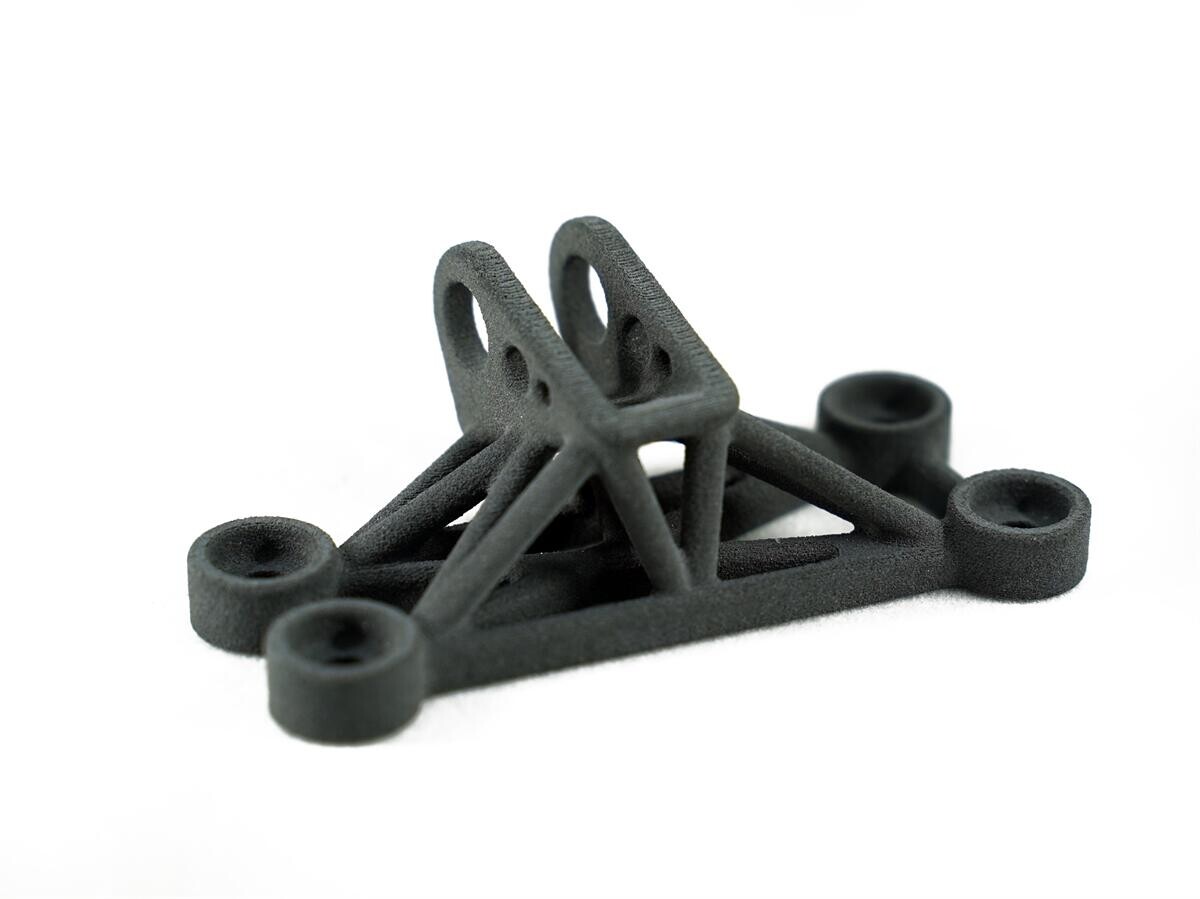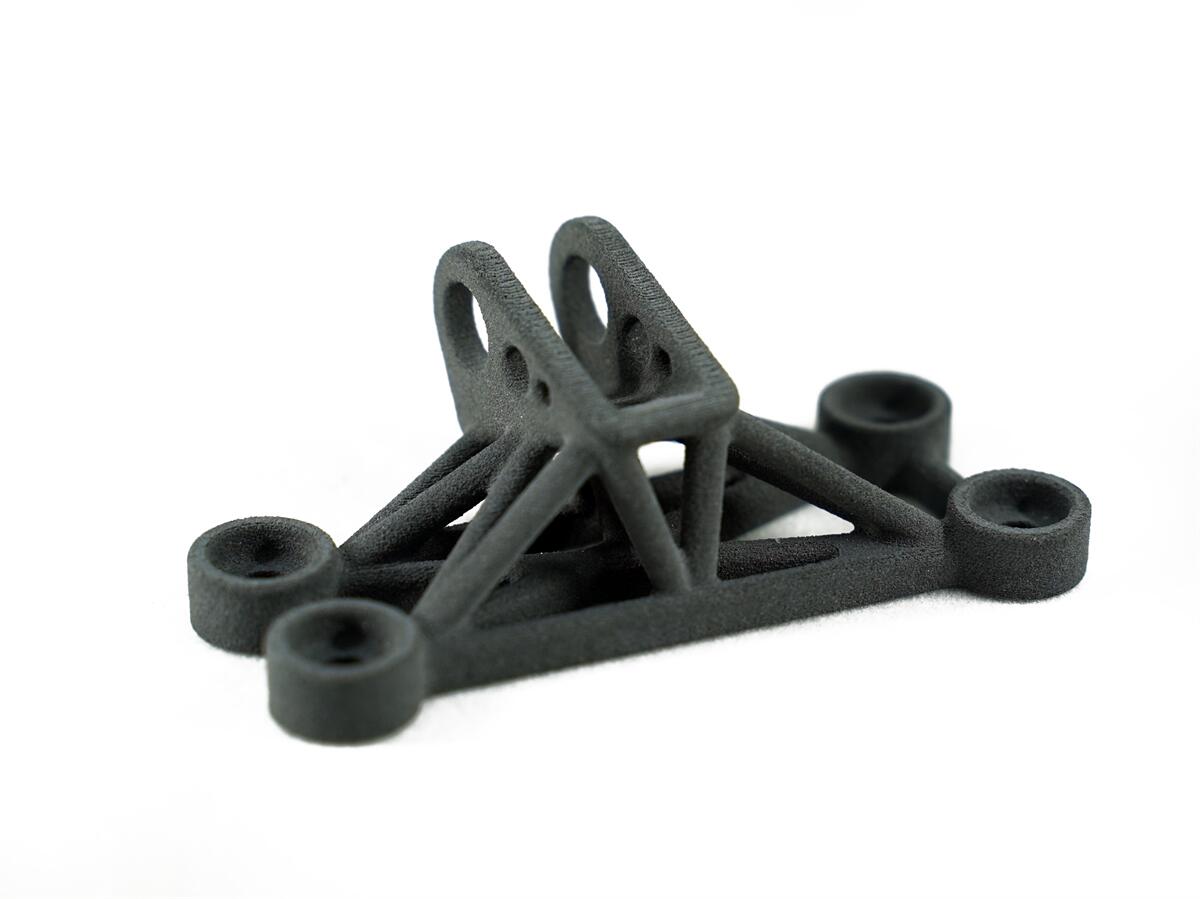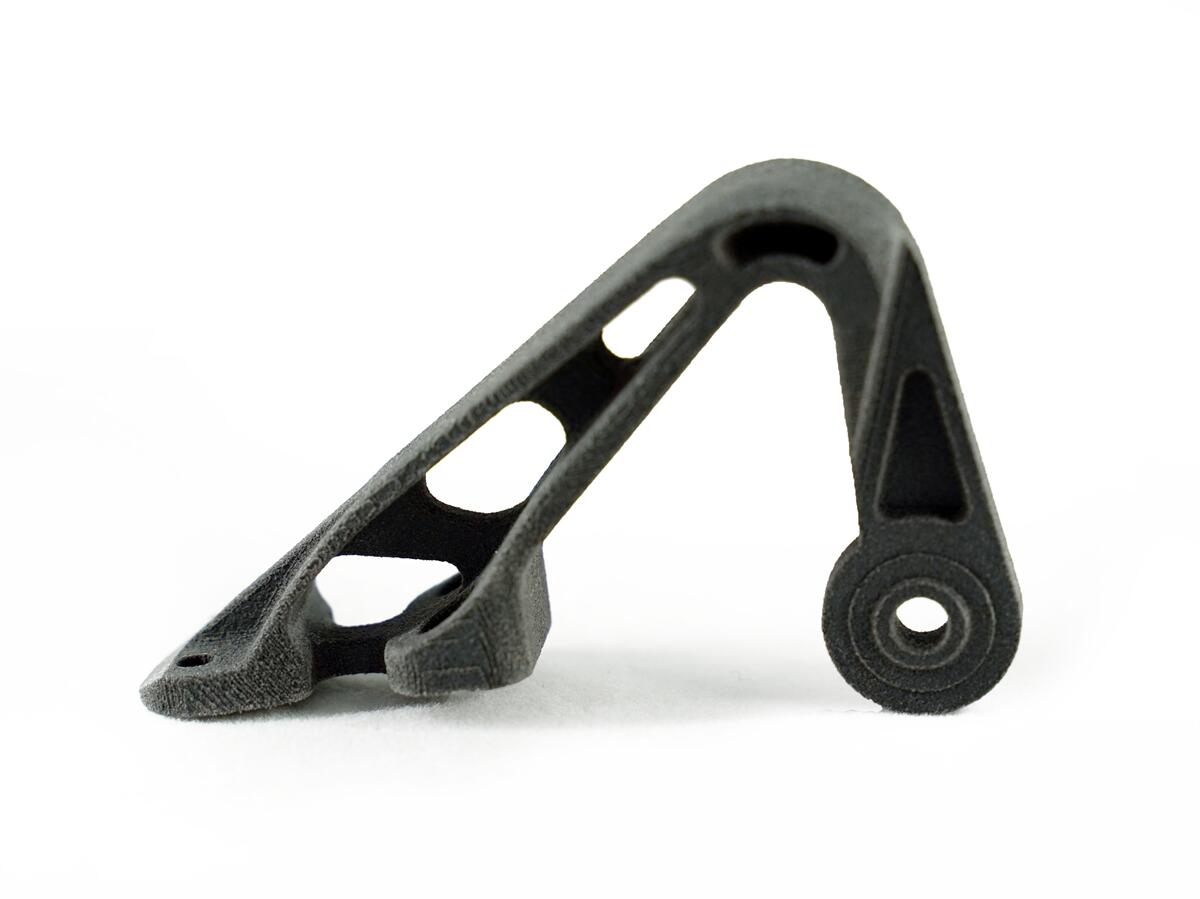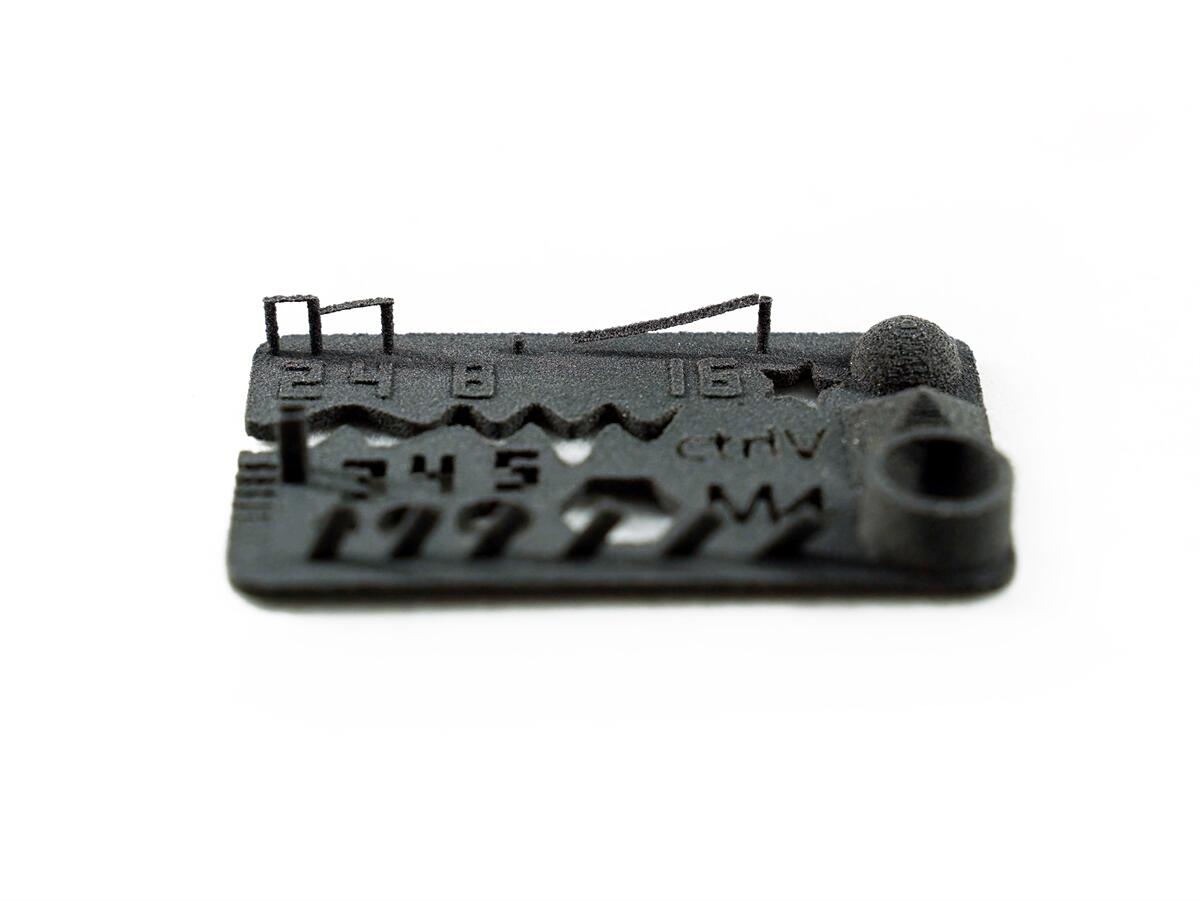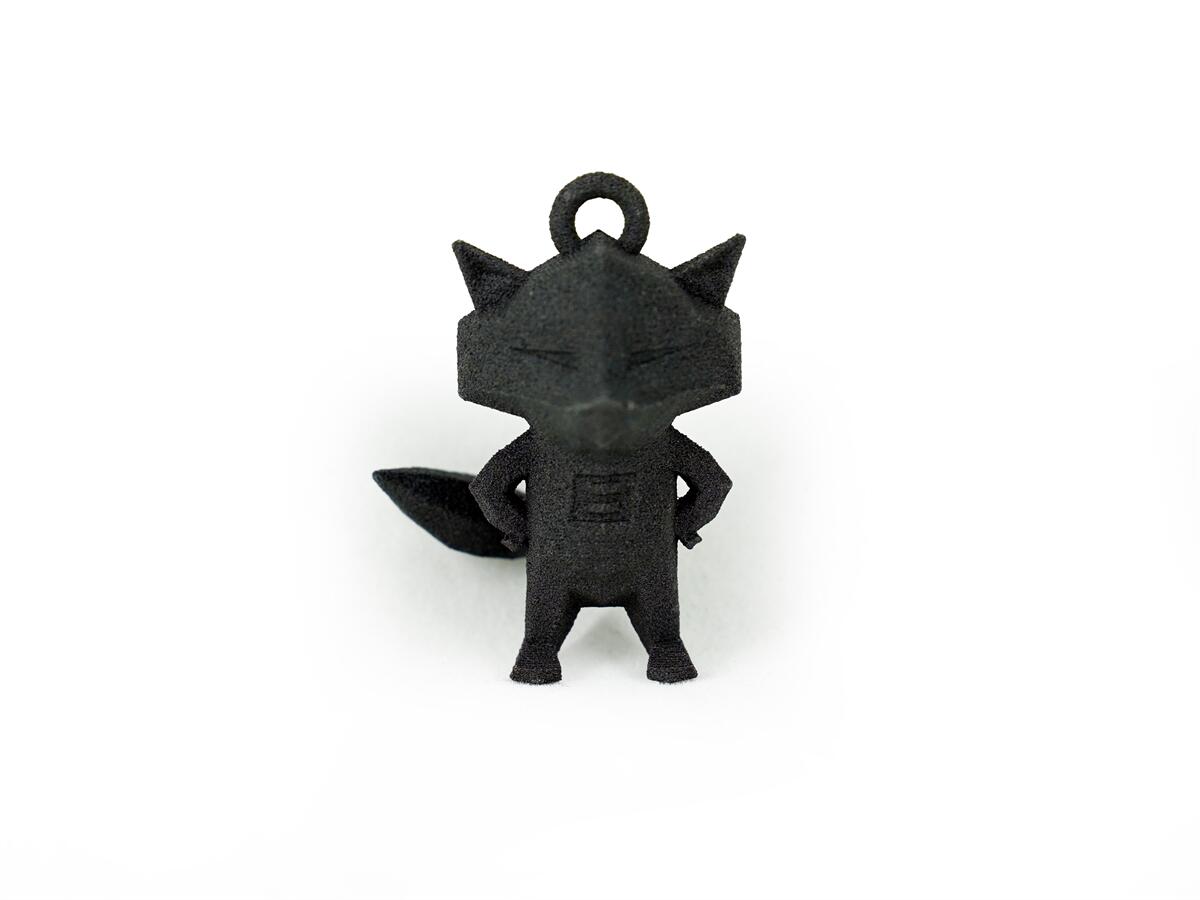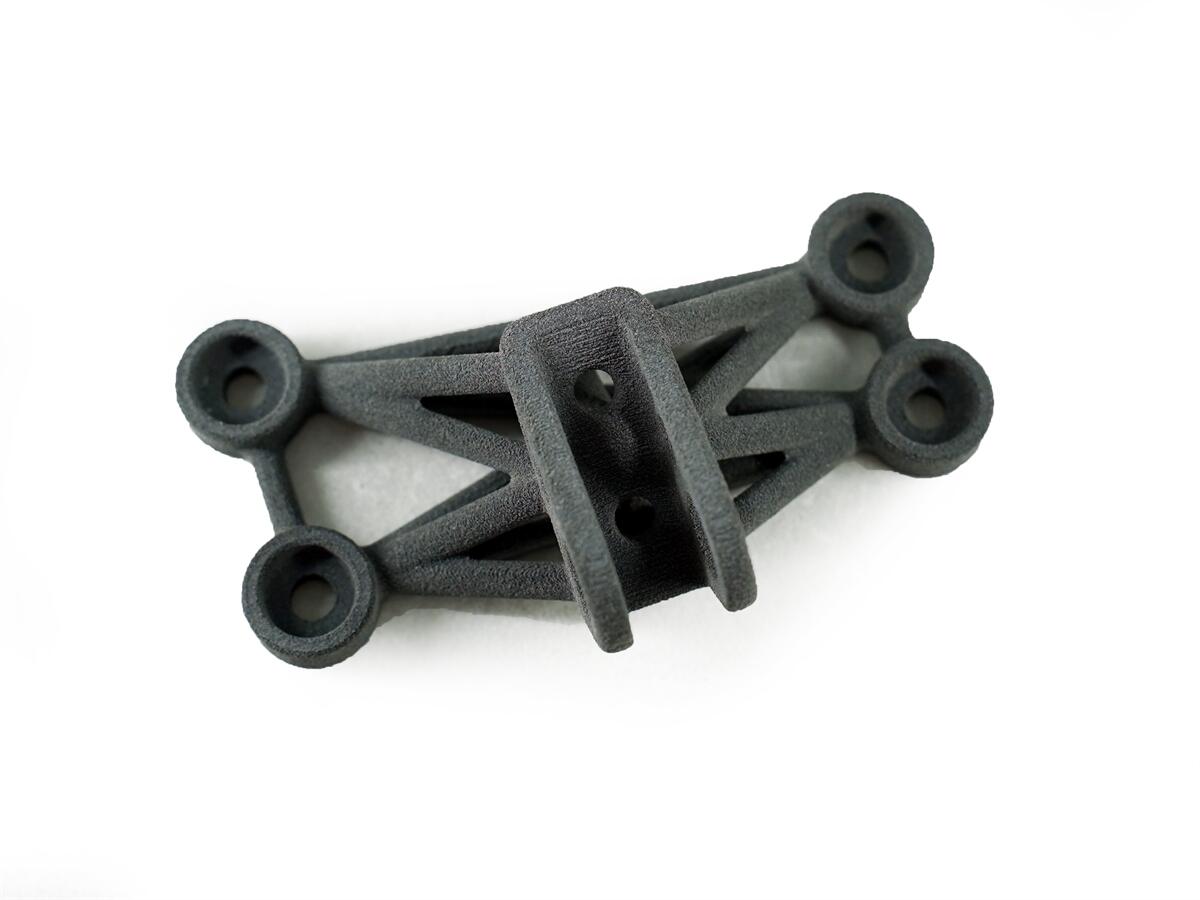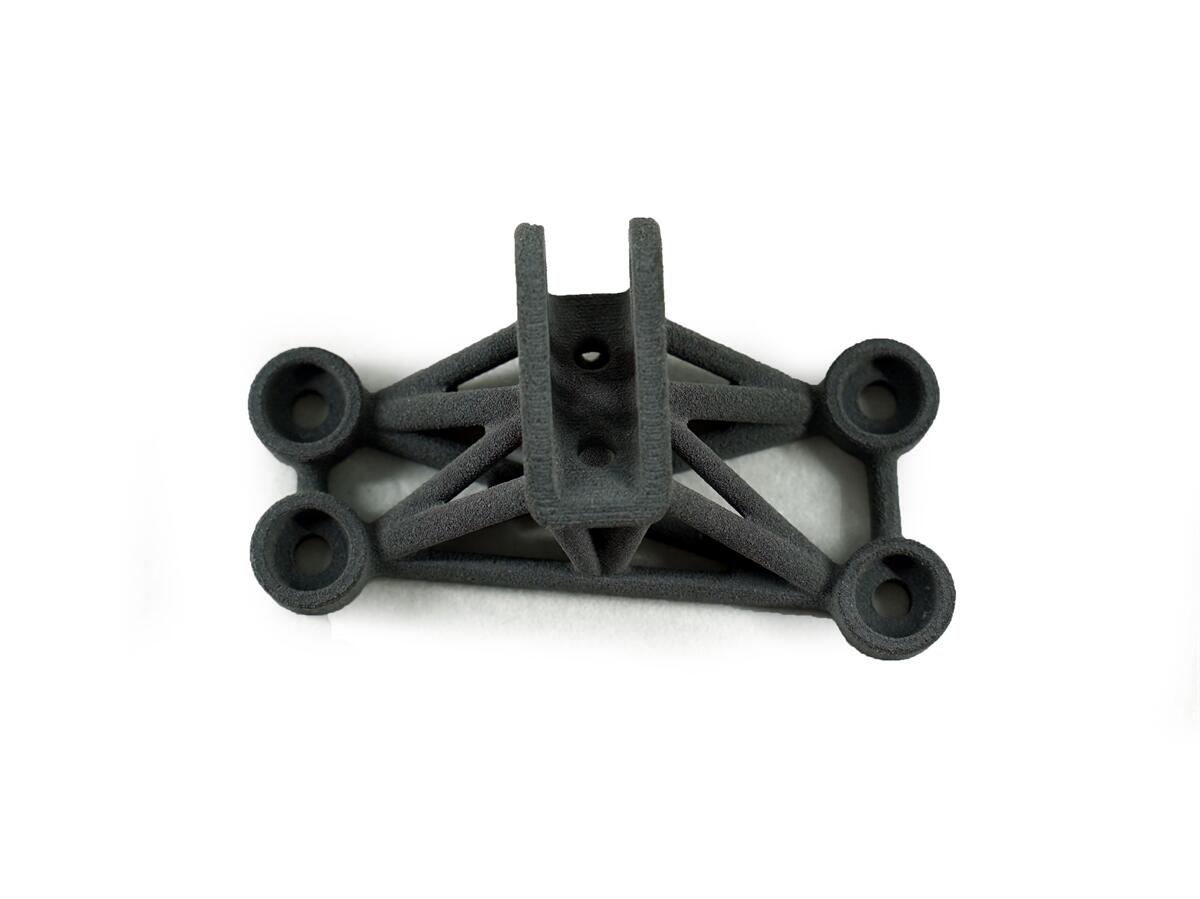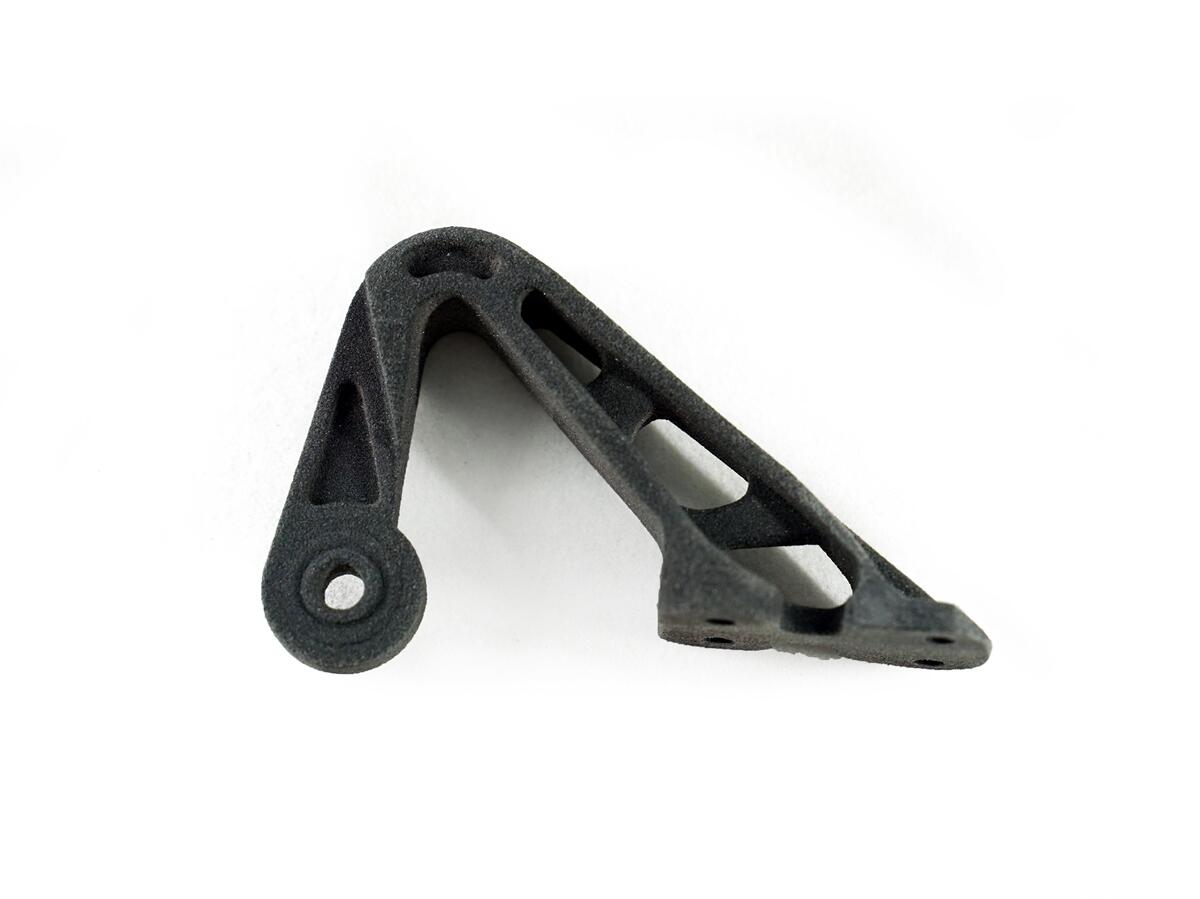SLS Nylon PA6 GlassfilledPA6 Glassfilled PA6GF has exceptional mechanical strength and heat resistance over 200ã which is much better than PA 12. It’s the ideal material for functional prototypes or end-use parts. Max Build Size Min Build Size 5 x 5 x 5 mm Default Layer Height 0.1 mm Optional Layer Heights 0.1 mm Tolerance ôÝ0.2% (with a lower limit of ôÝ0.2 mm) Up to 218 ã Smooth ã ã ã Detail ã ã ã Accuracy ã ã ã Rigidity ã ã ã ã ã Flexibility ã Available ColorsBlack
Available Post ProcessPaint
, Dyeing
Suitable For Functional prototypes and end products, Not Suitable ForFine-detail models with smooth surfaces Additional InfoFeatures: Application:
Feature
3D PrinterMaterial Spec Sheet
Laser sintering is used to build your design with this material. The models are printed layer by layer by a laser that draws thin lines in the powder, which melts and bonds it together in order to form a thin layer of the model. After a layer is printed, a new layer of fresh powder is spread over the surface by a roller. The printer has a print chamber that is heated to just below the melting point of the powder; the laser beam adds the extra energy to melt the powder, forming a solid model. After a print job is finished, the result is a big block of heated powder with the printed models contained inside.
|
